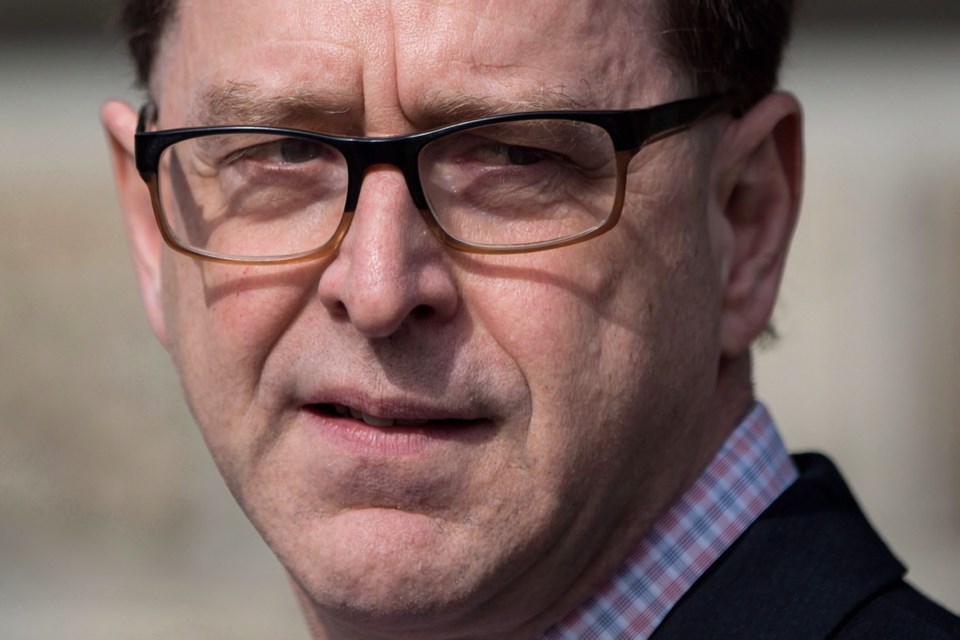Health Minister Adrian Dix said he is proud that B.C. is one of two provinces significantly increasing per-capita health spending this year.
Quebec is the only other province spending more this year than last year, according to a report released Thursday by the Canadian Institute for Health Information.
“We’ve been focused on priorities like increasing spending in primary care, increasing access to MRI imaging and reducing surgical wait lists,” Dix said in an interview.
The report shows that the NDP government’s forecasted health spending will represent the biggest annual rise in B.C. since 2010. However, B.C. per-capita spending still lags behind other provinces.
Health spending across Canada ranges from $6,548 per capita in B.C. to $19,061 in Nunavut.
While that territory is projected to spend 6.2 per cent more per capita in 2019, it is an outlier as a big spender. The average per-capita increase across the country is 2.9 per cent. So among the provinces, Quebec’s 5.5 per cent increase and B.C’s 3.4 per cent increase are the two leaders. Alberta has reined in spending so much that it is projected to lift health expenditures the least — only 0.3 per cent.
Health spending growth by the provinces in the past 20 years was far lower than it was in the 1970s and early ’80s, before recessionary times and fiscal restraint during the 1990s.
Chris Kuchciak, manager of health expenditures at the Canadian Institute for Health Information, said from Ottawa that governments were busy spending money in those years because medicine and technology was experiencing so many advances and economies were quickly growing.
“Generally speaking, governments invest in health care when the economies are strong and they pull back when economies are weak, because let’s face it, health care is a big-ticket item,” he said.
He said his organization has tried to track the influence of election cycles and which political parties are in power insofar as spending goes. It found that the “clearest factor is still the economy.”
Dix said he didn’t want to comment on politics in health-care spending, but he noted that some of the leanest years occurred under the federal Liberal government of Paul Martin when health transfer payments to the provinces declined and the provincial government had to make up the difference. “That affected B.C. significantly,” he said.
Spending increases ground to a halt in B.C. in 1996. The NDP was in government in Victoria throughout the 1990s when health- care spending growth hit dramatic lows.
When the B.C. government announced its budget this year, the Ministry of Health reported it would spend about $21 billion in the 2019-20 fiscal year, $21.5 billion in 2020-21, and $22.1 billion in 2021-22. The 2018-2019 budget was $19.8 billion.
It is expected that federal transfer payments averaging about $5.5 billion in each of the next three years would help fund the spending. The province, for example, expects to spend $4.4 billion over three years on major hospital construction and upgrades, equipment and health- information systems.
On a national level, total spending on health is expected to hit $264 billion this year, a four per cent increase from last year. Health spending represents 11.6 per cent of Canada’s GDP. Hospitals use the biggest share of health dollars in B.C. — 37.7 per cent compared with a national average of 27 per cent.



